Crushing plants are used in a variety of different industries, such as mining, construction, manufacturing, and more. In the mining industry, these plants are used to process minerals, such as gold, silver, and copper, into smaller components. In the construction industry, crushing plants are used to reduce the size of construction materials, such as stone and concrete, for easier transportation and handling. While this process large amount of dry dust is generated. In the manufacturing industry, crushing plants are used to crush raw materials into smaller components for use in production.
Description
Crushing plants play an important role in the industrial sector, as they are used to crush raw materials into smaller components that are easier to process. To ensure a safe and efficient operation, it is important to install an efficient fume extraction system.
Crushing plants are used in a variety of different industries, such as mining, construction, manufacturing, and more. In the mining industry, these plants are used to process minerals, such as gold, silver, and copper, into smaller components. In the construction industry, crushing plants are used to reduce the size of construction materials, such as stone and concrete, for easier transportation and handling. While this process large amount of dry dust is generated. In the manufacturing industry, crushing plants are used to crush raw materials into smaller components for use in production.
Various types of crushing plants such as stone crushing, coal crushing, iron ore crushing, metal crushing generate lots of dusts during its crushing/screening or during the its transfer from one point to another either by belt conveyor or screw conveyor bucket elevator depends on the design of the plant.
The dust collection system for crushing plants involves dust collection from various points such as
- Belt to bin transfer
- Hopper discharge
- Belt to crusher transfer
- During screening Etc.
A fume extraction system is a special type of air cleaning system that is designed to reduce airborne concentrations of hazardous substances. It works by collecting fumes, dust, and other pollutants from the air in crushing zone, and then filters them out using a special filter bag. This filter bags are made from layers of non-woven fabric, which traps the pollutants in the form of airborne particles. The collected pollutants are then removed by a mechanical process. For details on fume extraction system, you can refer the concepts of Bag house and related equipment’s on this website.
Types of Crushing Plants
There are two main types of crushing plants: stationary and mobile. Stationary crushing plants are usually used in large-scale industrial applications and are usually installed on a fixed foundation. These plants are typically used to process large quantities of raw materials, such as ore, metals, and minerals. On the other hand, mobile crushing plants are smaller and can be moved around to various locations. They are usually used in smaller scale operations, such as construction sites, mines, and quarries.
Material Handling Systems
To ensure efficient operation, crushing plants also require a robust material handling system. This system is responsible for transferring the raw materials from the crushers to the processing area. The material handling system typically consists of conveyor belts, hoppers, and other equipment. Conveyor belts are used to move the material from the crusher to the processing area, while hoppers are used to collect the material and store it until it is ready to be
The types of stacks used in steel plants include wet and dry stacks. Wet stacks are used for dispersing water vapor and other liquid emissions. They are often equipped with cooling systems and mist eliminators to minimize the emission of pollutants. Dry stacks, on the other hand, are used for expelling air, smoke, and dust. They may also be equipped with scrubber systems or bag house systems to filter the smoke out.
Overall, industrial stacks are an essential part of steel plants and other industrial facilities. In addition to expelling emissions, they also help reduce the noise produced while expelling air by the industrial blowers and make it more comfortable for workers to work in plants.


